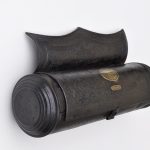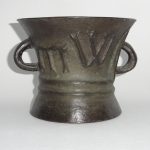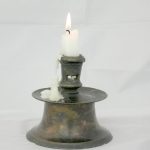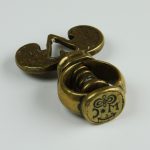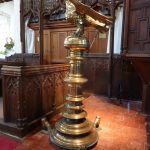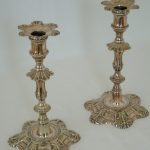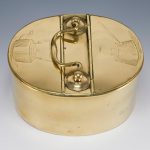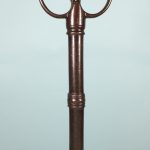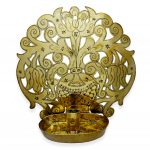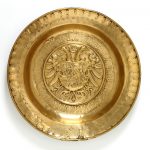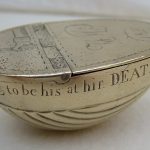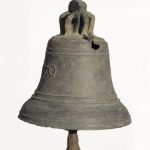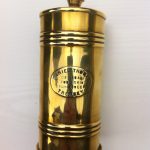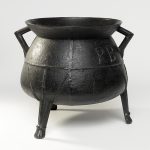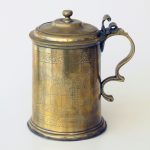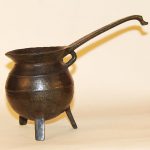French ‘Henri II’ Candlestick
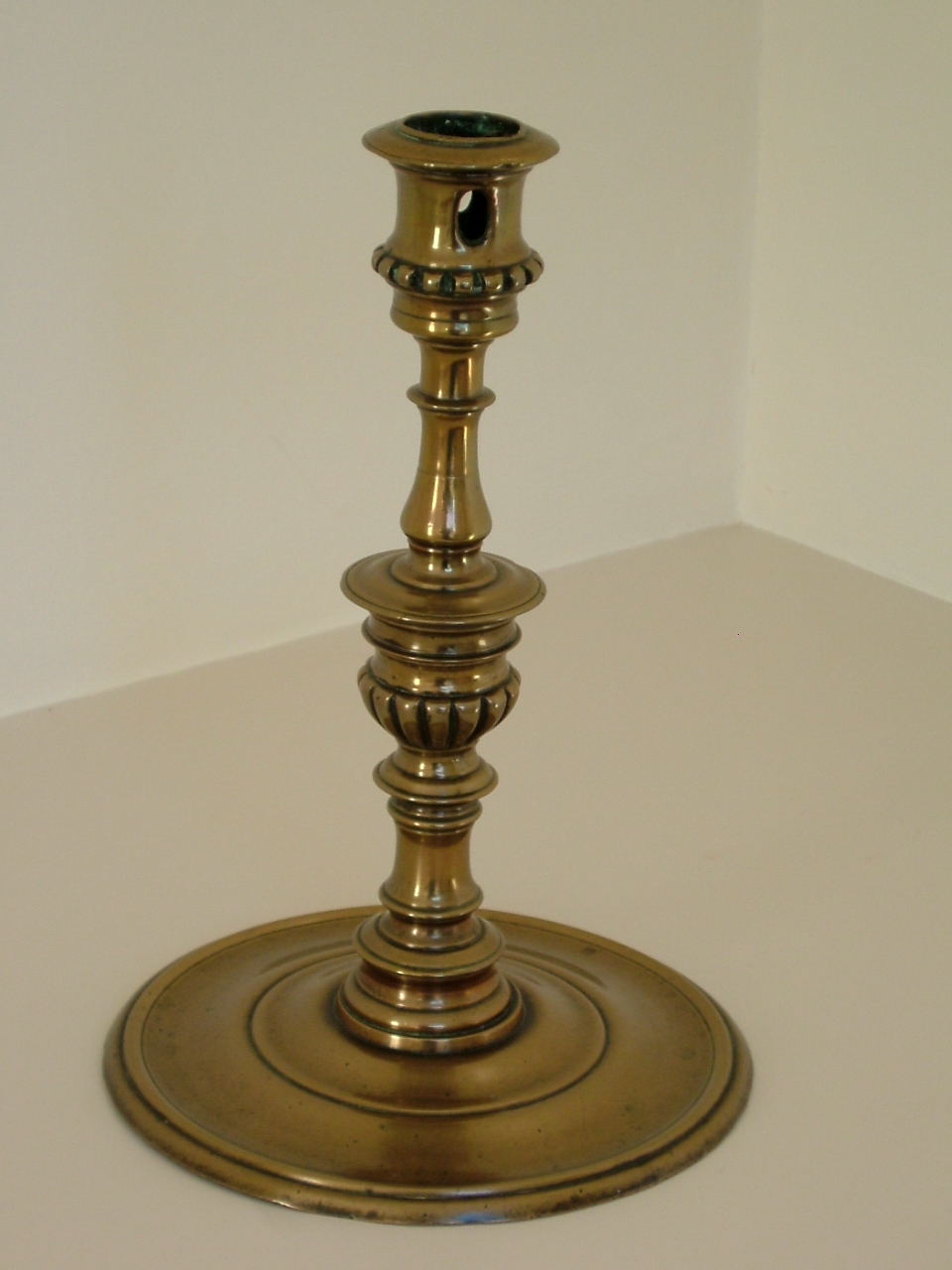
Explanation:
This table candlestick is an exceptionally large and sophisticated example of the French Renaissance style, commonly known as “Henri II”. It would have been costly in its own day and belonged to a high-status household. At a period when wax candles were beyond the means of most people, its capacious socket is made to accommodate an unusually fat one.
Socket and stem are solid-cast and lathe-turned, connected the base by a peaned joint.
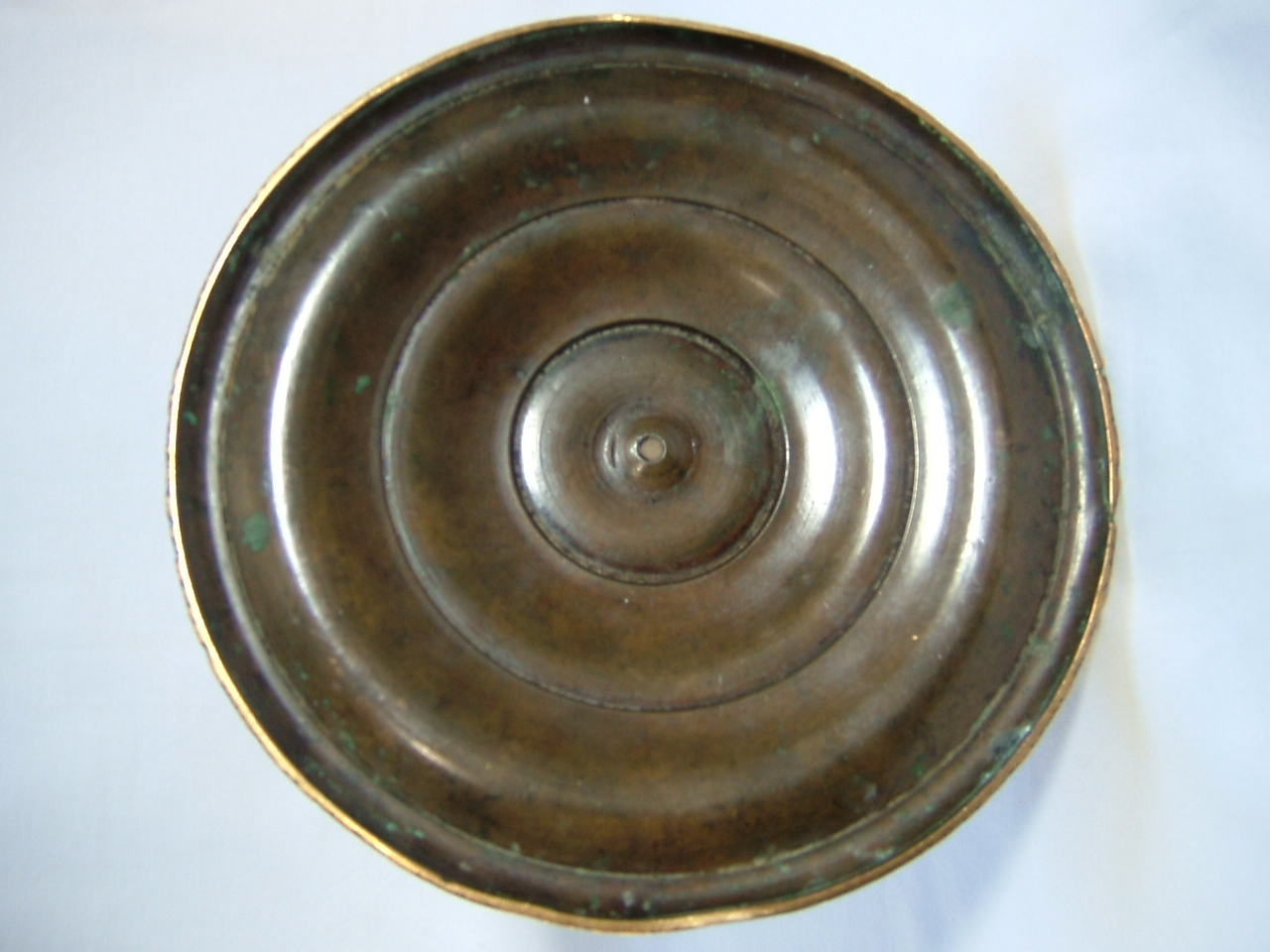
The underside of the base is lathe-turned and finished as smoothly as the upper side, so that the joint is virtually invisible.
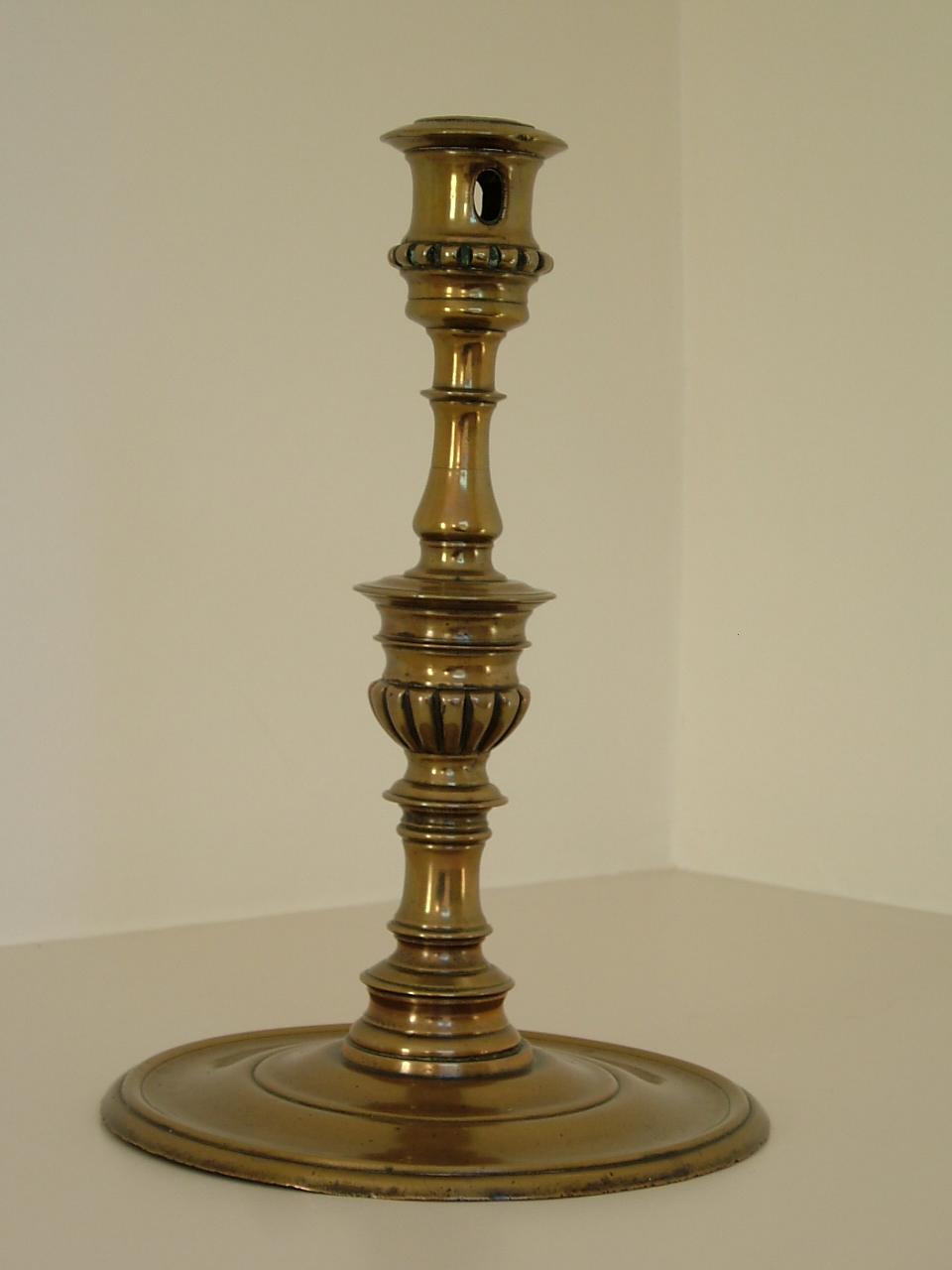
The socket is pierced with two oval apertures, to facilitate the removal of candle stubs. The large, gadrooned “cup and cover” central knop is clearly designed to enable this big, heavy candlestick to be grasped securely in the hand.
Reference:
- W. G. Mackay Thomas, English Candlesticks before 1600, Metropolitan Stationery Co Ltd, London 1954, shows related models (Plates 33, 34, 35), but identifies them erroneously as English.

